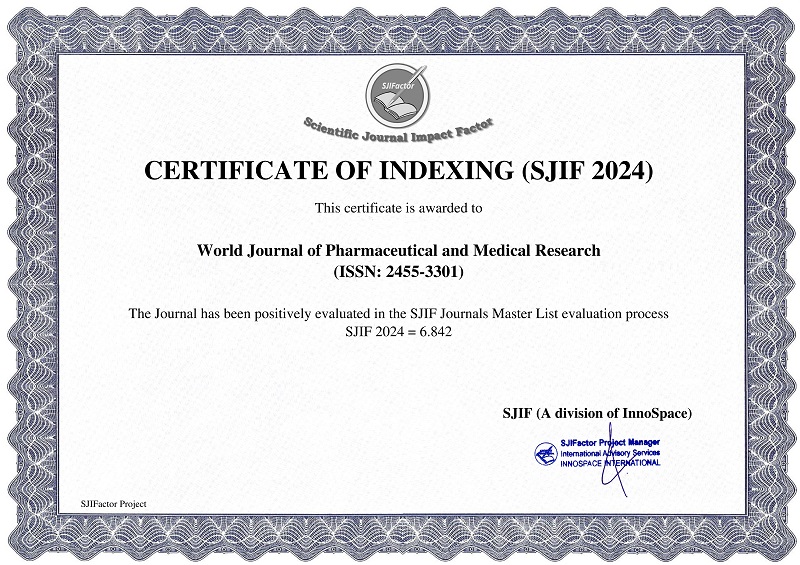ROLE OF SAHACHARADI YAPANA BASTI IN KATIGRAHA (LUMBAR SPONDYLOSIS)- A REVIEW ARTICLE
Drishti Kotiyal*, Arvind Gupta, Roopali Barmola, Akshay Verma
ABSTRACT
Low back pain is one of the most prevalent musculoskeletal disorders, affecting individuals across all age groups and significantly impairing routine activities. Low back pain affects 65-85% of adults at some point in their lives.[1] Among its various causes, lumbar spondylosis is the most common, primarily resulting from degenerative changes in the intervertebral discs, facet joints, and vertebral bodies. Modern management strategies are mainly aimed at alleviating pain and improving mobility. However, these approaches often provide only temporary relief and are associated with adverse effects. In Ayurveda, this condition is closely correlated with Katigraha, which presents with pain (Shoola) and stiffness (Stambha) in the Katipradesha (Lumbar region) due to aggravated Vata Dosha. Classical texts such as Shodhala’s Kayachikitsa describe Katigraha under Vataroga Adhikara and further classify it into Saama and Nirama types depending on the presence of Ama (toxins). For Vatavyadhi, Basti therapy is regarded as Ardhachikitsa and holds a prime position, as Vata is the chief causative factor in katigraha. Acharya Charaka also emphasized Bastikarma in the Samanya Chikitsa of Vatavyadhi. Yapana Basti is a specialized form of Basti therapy, distinguished by its dual action of Shodhana (purification) and Brimhana (nourishment). Sahacharadi Yapana Basti, through its unique formulation, helps pacify aggravated Vata Dosha, prevent degenerative changes, and provide strength to the lumbar spine and surrounding structures. Unlike conventional Basti types, it can be administered for extended periods, making it especially valuable in managing chronic degenerative disorders such as Katigraha. In this context, the present article aims to evaluate the therapeutic role of Sahacharadi Yapana Basti in the effective management of Katigraha
[Full Text Article] [Download Certificate]



